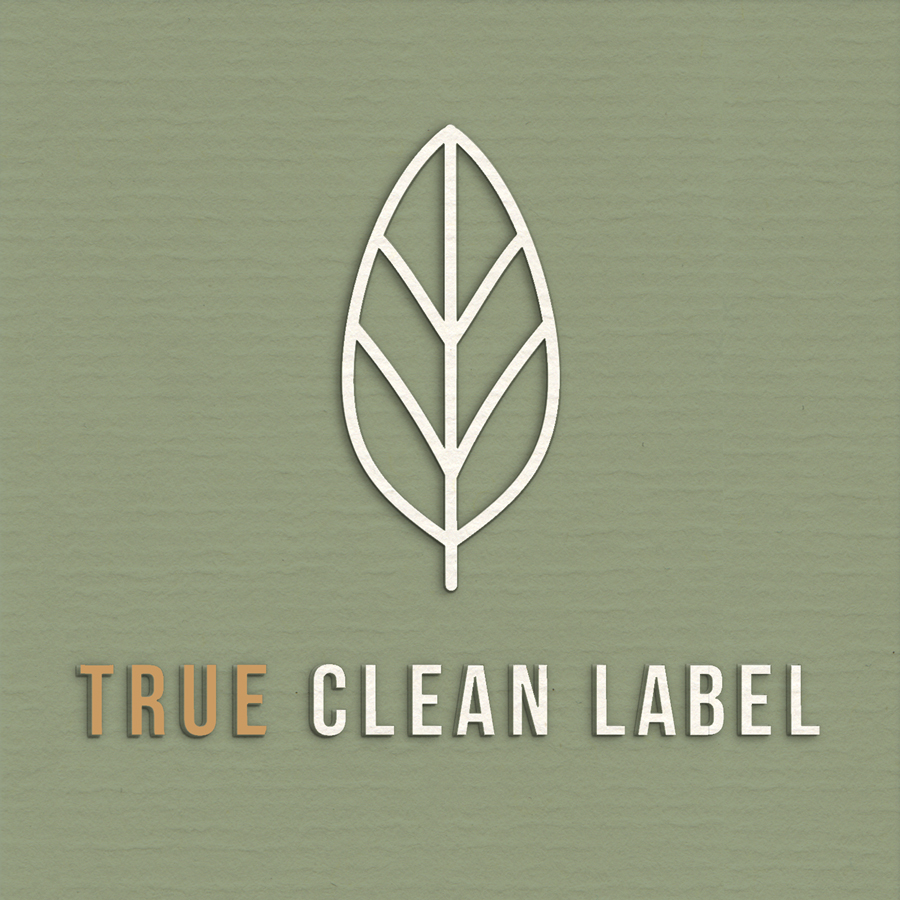In the icy heights of the Siberian Altai Mountains and the countries of Scandinavia, known for their long and dark winters, Rhodiola rosea thrives. It is a plant species of the genus Rhodiola from the family Crassulaceae and is called rose root because of its characteristic rosy smell. Rose root reaches growth heights of usually 5–20cm, rarely up to 35cm, and forms several above-ground stems that are thick, fleshy and glabrous. The petals of the female plant are yellow and turn red-orange as they fade, while the flowers of the male plant glow purple. Rhodiola is an extremely resistant plant because as a succulent, the rhodiola is able to store water and can therefore thrive well even in dry locations. Rose root is therefore an extremely hardy plant, able to withstand the most adverse conditions.
Due to its many valuable phytochemicals, including the phenylpropanoid rosavin as well as the phenylethanoid salidroside, preparations of rose root have been used in Siberian and Russian traditions, where it is also called "golden root."





























